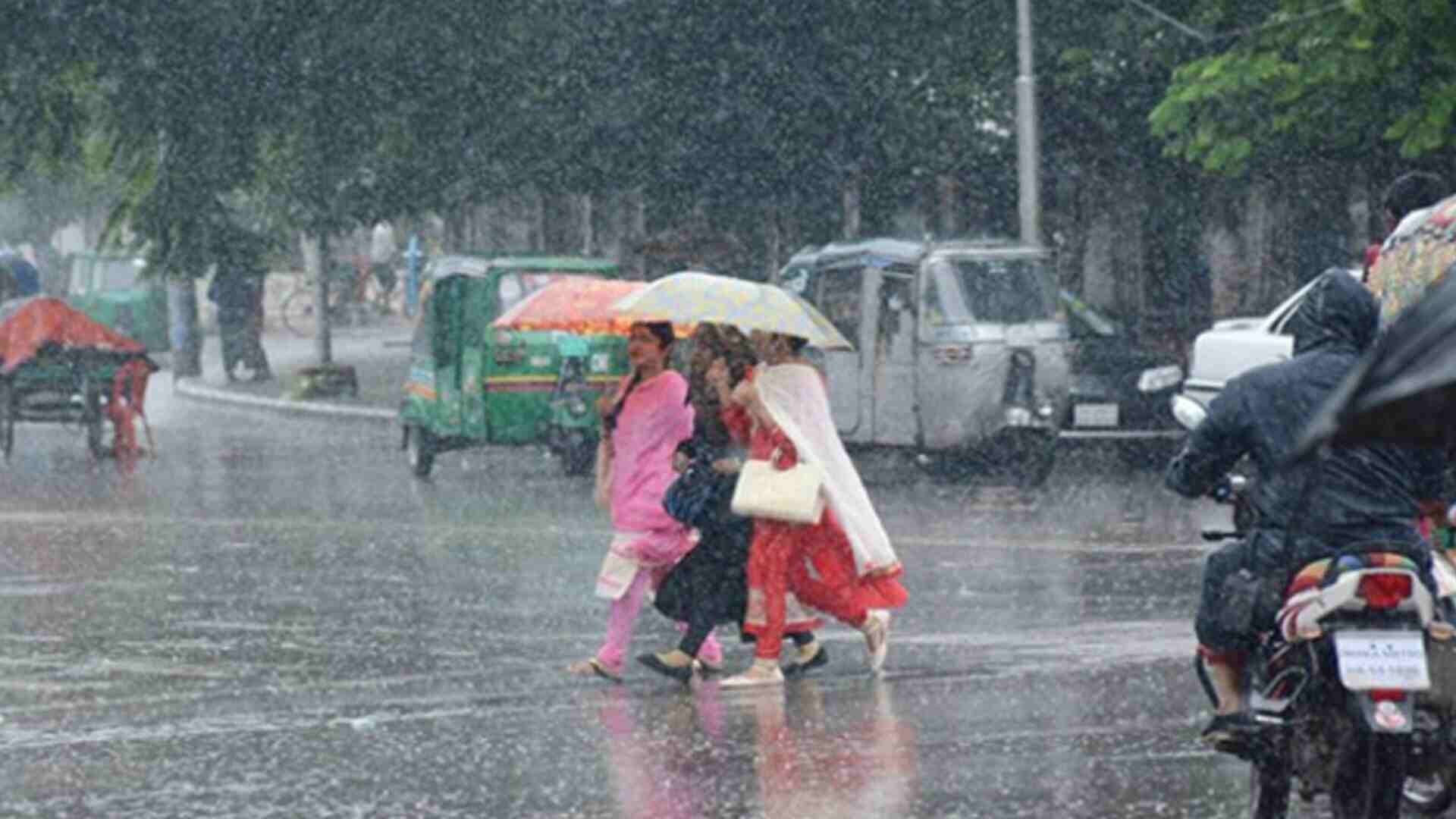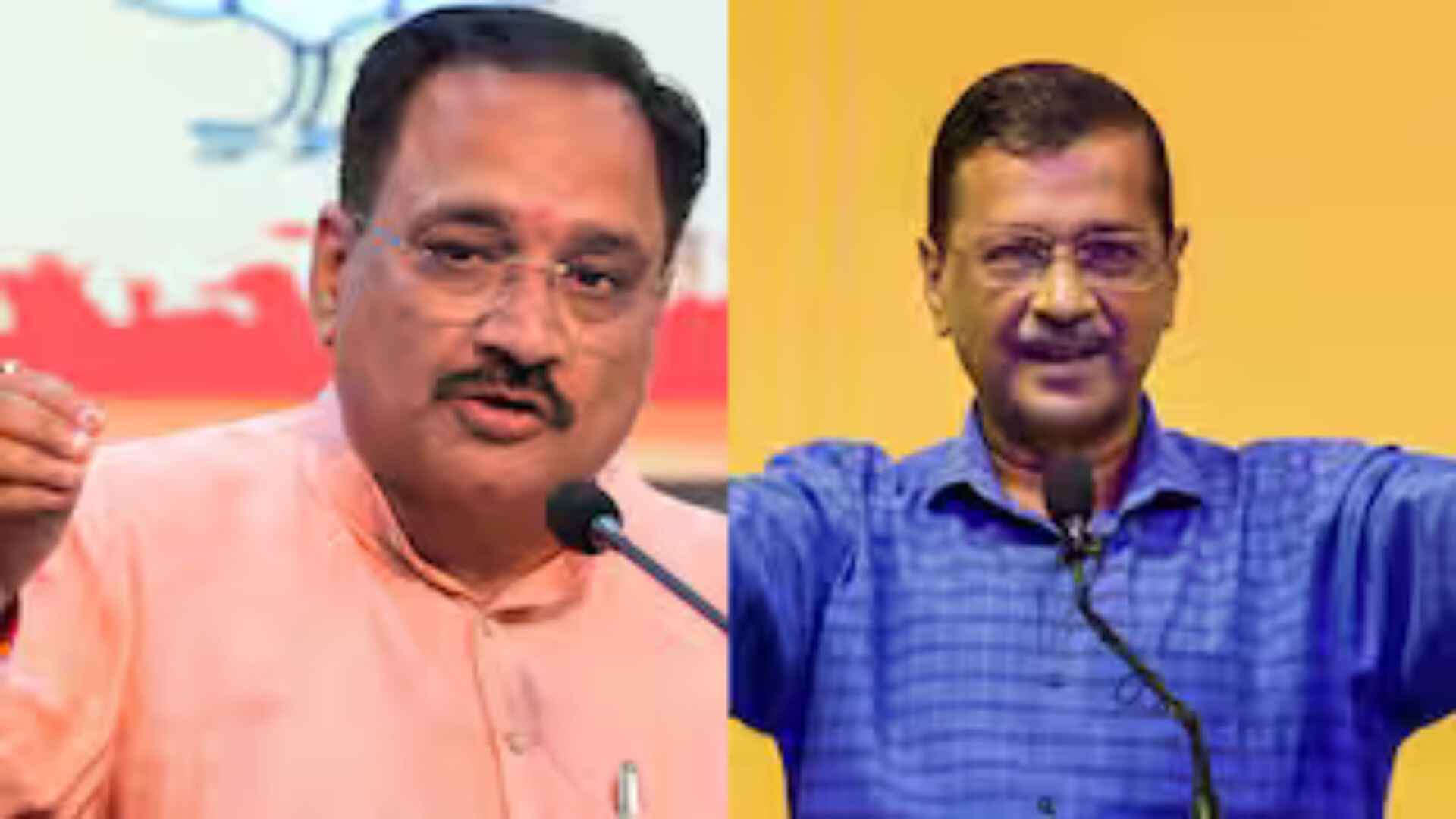Dr. B. R. Ambedkar, the Chief Architect of the Indian Constitution, had once said, “If I was asked to name any particular article in this Constitution as the most important-an article without which this Constitution would be a nullity, I could not refer to any other article except this one (Article 32). It is the very soul of the Constitution and the very heart of it. Article 32 is a very important provision in the Constitution of India which is itself a guaranteed fundamental right to protect other fundamental rights mentioned in Part 3 of the Constitution. This is a remedial provision that ensures the protection of other fundamental rights. It cannot be suspended unless provided for by the Constitution. It allows an individual to directly approach the Supreme Court if he/she believes that his/her fundamental rights have been violated by the State or any of its agencies as defined in Article 12 of the Constitution. This article is a very powerful weapon in the hands of the Supreme Court to protect the rule of law, constitutionalism, and controlled governance in the country and the Court has used this in several cases effectively.
Under this provision, the Supreme Court of India has the power to issue directions, or orders, or writs, including writs like habeas corpus, mandamus, prohibition, quo warranto, and certiorari, whichever may be appropriate, for the enforcement of any of the rights conferred by Part 3 of the Constitution. In addition to this, the High Courts can also issue an order or direction, or writs to protect the fundamental rights of the people under Article 226 of the Constitution. But Article 226 is not a part of Part 3, the chapter on Fundamental Rights. This is a separate provision. Article 226 provides discretionary powers to the High Court to issue writs against any person or authority for the enforcement of the fundamental rights and other legal rights of the people. In our constitutional scheme, the High Courts are not subordinate to the Supreme Court of India. However, the Supreme Court has appellate jurisdiction over the High Courts and the High Courts are bound to follow the Supreme Court’s judgment as per Article 141 of the Constitution. The judges of the High Courts are appointed by the President of India on the recommendation of the Supreme Court collegium headed by the Chief Justice of India and consisting of two of his senior-most colleagues. The judges of the High Court hold constitutional offices and can be removed by the President of India if a resolution analogous to impeachment is passed by Parliament to remove a judge from his/her office on certain grounds as mentioned in the Constitution. A High Court judge can also be transferred to another High Court by the President of India on the recommendation of the Supreme Court collegium. There is no provision of suspension of services of High Court judges under the Constitution. In actual practice, the Supreme Court has an upper hand on the High Courts. No Chief Justice or judge of a High Court can reach the Supreme Court without the support of the Supreme Court collegium which is the judge-maker in India.
The writ jurisdiction of the Supreme Court and the High Courts under Articles 32/226 of the Constitution is part of the basic structure of the Constitution and Parliament cannot destroy these provisions by amending the Constitution under Article 368 of the Constitution. This is a well-established position after the famous Kesavananda Bharathi case of 1973. No law, either passed by Parliament or a State Legislature, can override these two articles. In other words, the power under Article 32 and 226 is a superior judicial power that overrides ordinary laws. In several cases, the Supreme Court and the High Courts have exercised this power to protect the fundamental rights of the people and this has ultimately strengthened the rule of law and constitutionalism in the country. These two unique tools have controlled the legislative and executive power up to a large extent and established constitutional supremacy in the country. But in actual constitutional practice, the situation is quite different. It is not so easy to get relief under these provisions. Whenever someone approaches the Supreme Court under Article 32, the judges of the top court who hear the petition do not take much time to say: “Go to the High Court. The High Court can understand this issue in a better way. It has all powers to give you the necessary relief”. Accordingly, the petitioner has no option but to withdraw his petition and approach the High Court under Article 226. This has almost become an unwritten norm nowadays. Getting relief from the Supreme Court under Article 32 is a Himalayan task. However, the Supreme Court allows some Article 32 petitions in important cases that have national importance. There are several cases where the top court has passed orders and directions to protect the fundamental rights of the people under Article 32 jurisdiction. The entire Public Interest Litigation jurisprudence is based on this provision. Not only this, but the High Courts have also entertained the Public Interest Litigations under Article 226 jurisdiction in their state jurisdictions. Admittedly, the Supreme Court shows reluctance in entertaining the Article 32 petitions because of the arrears of cases pending in the Court. Up to some extent, the Supreme Court has a valid justification to ask the parties to approach the High Court but constitutionally it is not justified. From constitutional law point of view, an aggrieved person has a fundamental right to knock on the doors of the apex court if his fundamental rights are violated by the state or any of its agencies and the top court has no option but to hear his case. Needless to say, the Court has full power either to allow or dismiss his case based on the merits. Article 32 provides a guaranteed right to hearing in case of violation of fundamental rights. The Supreme Court cannot return the aggrieved persons without hearing them at the outset.
Notably, when an aggrieved person approaches the High Court under Article 226, the High Courts have their own stories and problems of arrears of cases. It is not so easy to get a speedy justice from the High Courts as the High Courts are also flooded with Article 226 petitions. Thousands of petitions remain pending in the High Courts under Article 226 jurisdiction. The aggrieved person has no option but to wait for justice for days, months, and sometimes for years. In addition to this, lawyers’ fees and geographical distances are also a consideration. The lawyers practicing in the High Courts are well-known for charging high fees. A common citizen cannot afford such kinds of fees and very few lawyers provide pro bono services. All these issues dilute the efficacy of the Article 226 remedy.
Given the above discussion, it is submitted that the time has come when the District Judges should also be empowered to issue the writs as provided under the Constitution so that the people could get quick and affordable justice in their local areas. This should not be a mere dream. Let it become a reality. The ultimate purpose of writ jurisdiction is to provide quick justice to the people. Why should not the people get speedy justice in their local districts? There should be no objection to this pious objective. Under Article 32(3) of the Constitution, Parliament can empower any court to exercise within its local jurisdiction all or any of the powers exercisable by the Supreme Court under clause (2) of Article 32. If the District Judges are authorized to exercise the writ powers by Parliament, it would help the people to get affordable and speedy justice at their doors. In the existing structure, the people need to spend huge money and time to approach the High Courts from their districts for filing writ petitions. In addition to this, it will also help the government and its agencies to present their cases effectively and quickly as the issues will be mostly local and the Court will not take much time to adjudicate the case. It will also enhance the stature of District Courts and the District Judges would be equipped with the process very well. The High Courts can be the appellate courts against the District Courts’ orders in writs also. The High Courts will also be relieved of their burden if the writ power is conferred upon the District Judges. In many cases, the people approach the High Courts against the local police and administrative authorities like Superintendent of Police and District Magistrates who are available in the District Headquarters and such officers can be easily directed by the District Courts to provide relief to the aggrieved persons. Why should the people be compelled to spend lakhs of rupees on litigation in the High Courts for filing writ petitions? Let them be allowed an opportunity to get justice from their local courts which play a very important role in the administration of justice. In the case of Arnab Goswami v. State of Maharashtra, 2020, the Supreme Court has also observed: “The District Judiciary may be subordinate in the hierarchy but it is not subordinate in terms of its importance in the lives of citizens or in terms of the duty to render justice to them.” The time has come when Parliament should empower District Judges with writ jurisdiction to give speedy and affordable justice to the people at their doors. Only the District and Sessions Judge should be authorized to exercise the writ powers. In his absence, the Acting District and Sessions Judge or the senior-most Additional District and Sessions Judge should be allowed to exercise the writ jurisdiction in cases of violation of fundamental rights and other legal rights. This will also provide an opportunity for the District Judges to get accustomed to the exercise of writ powers and it would also help them as and when they get elevated to the High Court to contribute effectively along with other judges, directly elevated to the High Court, who are more familiar with this adjudication. They will not take much time to settle down in the High Courts. Speedy and affordable justice to the people is the need of the hour.







